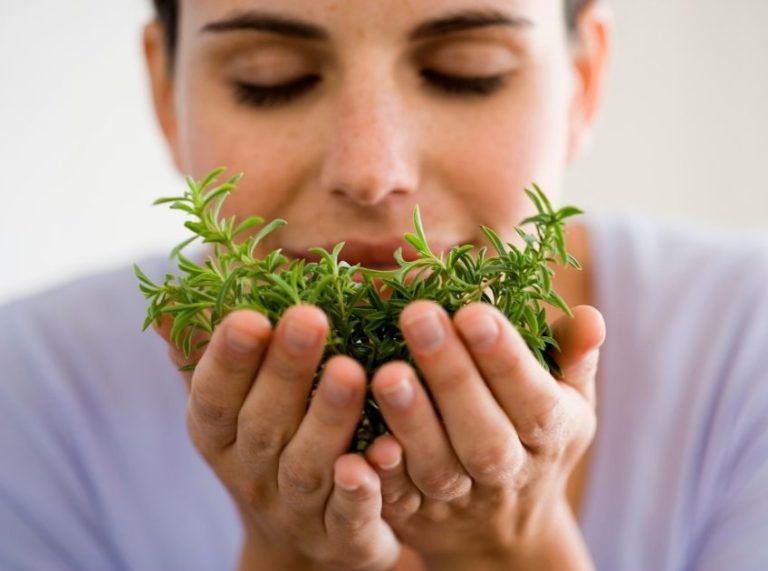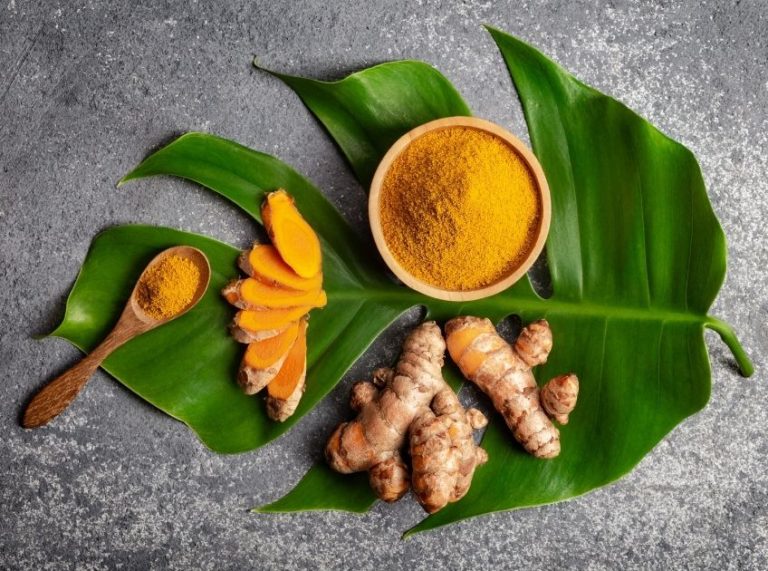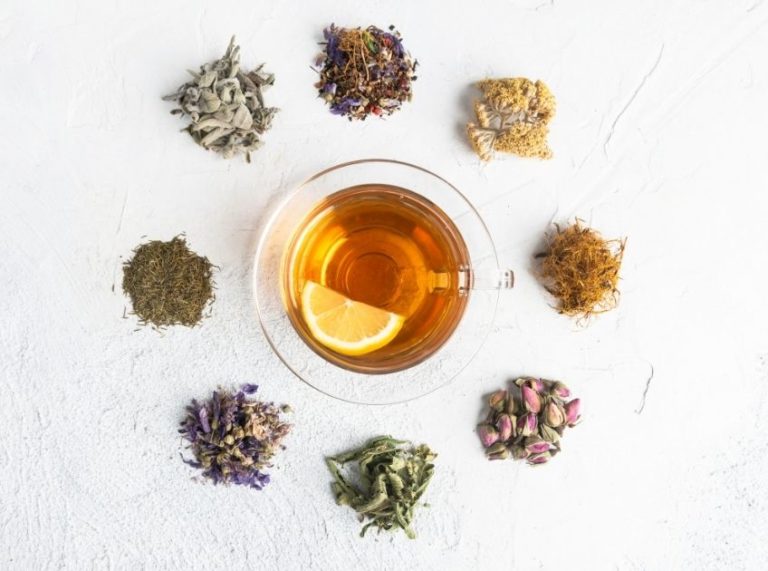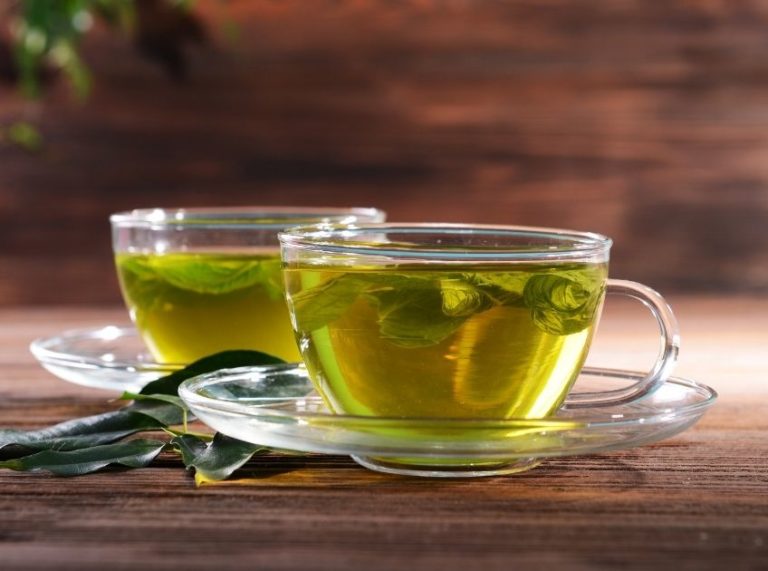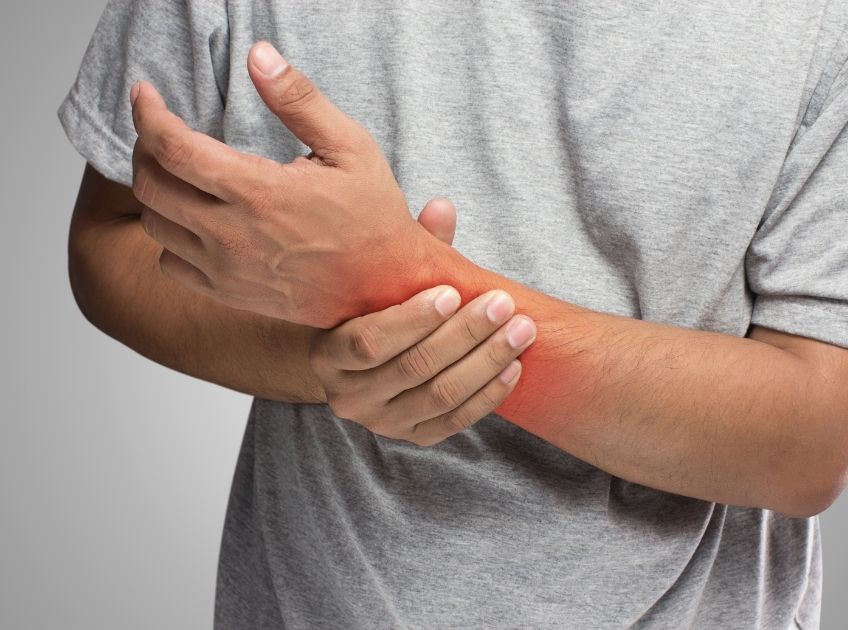
Important: This article is for informational purposes only. Please read our full disclaimer for more details.
Joint pain is one of the most common discomforts people face as they age—or sometimes even earlier. Whether it’s due to arthritis, inflammation, injury, or daily wear and tear, joint discomfort can impact mobility, mood, and quality of life. While modern medicine offers effective treatments, many people are now turning to herbal remedies to complement their existing routine.
Herbs have been used for centuries in Ayurveda, Traditional Chinese Medicine, and other healing systems to reduce inflammation, ease stiffness, and support joint health (1)(2). Today, science is catching up, with research validating the benefits of various botanical compounds.
The 9 Most Effective Herbs for Natural Joint Relief
1. Turmeric (Curcuma Longa)
Turmeric is one of the best-known natural anti-inflammatory herbs. Curcumin, its active compound, helps reduce inflammation and oxidative stress—two major contributors to joint pain. It’s widely used for osteoarthritis and rheumatoid arthritis.
2. Ginger
Ginger contains gingerols and shogaols, compounds known to ease inflammation. Studies show ginger may be as effective as NSAIDs for reducing pain and stiffness in some people with arthritis (3).
3. Boswellia (Frankincense)
Boswellia serrata is a powerful Ayurvedic herb that helps block inflammatory enzymes. It may reduce swelling, improve joint function, and provide relief from chronic inflammation.
4. Ashwagandha
Often called an adaptogen, ashwagandha helps reduce inflammation and stress. Research suggests it may ease joint pain by lowering cortisol and decreasing inflammatory markers (4).
5. Devil’s Claw
Native to Southern Africa, devil’s claw contains harpagoside, a compound shown to reduce both pain and inflammation. It’s especially beneficial for people with osteoarthritis or chronic back pain.
6. Willow Bark
Known as “nature’s aspirin,” willow bark contains salicin, which the body converts into salicylic acid. It provides mild pain relief and anti-inflammatory benefits.
7. Green Tea
Rich in antioxidants called catechins, green tea helps slow cartilage breakdown and reduce inflammation—two major causes of joint discomfort.
8. Turmeric-Black Pepper Blend
Black pepper itself is not a herb for joint pain, but piperine in pepper dramatically increases the absorption of curcumin. Combined, they create a potent anti-inflammatory remedy.
9. Nettle Leaf
Nettle is packed with minerals like magnesium and calcium and has natural anti-inflammatory properties. It can reduce joint swelling and improve flexibility.
Best Ways to Use These Herbs for Pain Support
Herbs can be used in multiple ways depending on preference and the specific plant:
- Herbal teas: Ginger, green tea, nettle, and willow bark make excellent infusions for daily comfort.
- Capsules or tablets: Boswellia, turmeric, and devil’s claw supplements provide therapeutic doses.
- Topical applications: Ointments and oils with turmeric, ginger, or nettle can soothe localized pain.
- Tinctures: Concentrated herbal drops offer faster absorption.
- Powders: Turmeric or ashwagandha powders mixed with warm water or milk are traditional and effective.
Consistency is key—herbal remedies often show results after a few weeks of regular use.
Safety First: Precautions When Using Herbal Remedies
Although herbs are natural, they must be used safely:
- Avoid overdosing: Natural doesn’t mean harmless. High doses can cause side effects.
- Consult your doctor: Especially if you take blood thinners, diabetes medication, or blood pressure drugs.
- Allergies: Some herbs may cause allergic reactions.
- Stomach irritation: Ginger, willow bark, and turmeric may cause digestive issues in sensitive individuals.
- Pregnancy and breastfeeding: Many herbs are not recommended during pregnancy.
Start with small amounts and gradually increase only if your body tolerates them well.
Additional Natural Therapies to Boost Joint Health
Herbs work best when combined with other supportive lifestyle practices:
- Warm compresses or heating pads
- Gentle exercise such as yoga, swimming, or walking
- Omega-3-rich foods (e.g., flaxseeds, fish)
- Good hydration for the lubrication of joints
- Healthy weight management
- Magnesium-rich foods (support muscle function)
- Adequate vitamin D levels
These complementary methods enhance mobility and reduce stiffness, allowing herbs to work even better.
Scientific Evidence Behind These Herbal Benefits
Research supports the benefits of many herbs for joint health:
- Turmeric: Multiple clinical trials show curcumin can reduce pain and improve joint function in osteoarthritis (5).
- Ginger: Studies published in arthritis journals highlight significant reductions in pain and stiffness (3).
- Boswellia: Research indicates improved mobility and reduced inflammation within four weeks of use (6).
- Devil’s Claw: Trials show reduced pain scores and improved function in people with chronic joint conditions (7).
- Green Tea: EGCG, an antioxidant, shows protective effects on cartilage and inflammatory pathways (8).
Though results vary, scientific interest in herbal medicine continues to grow, showing promising benefits for natural pain management.
Frequently Asked Questions (FAQ’S)
1. Can herbs completely replace arthritis medication?
A. No. Herbs can complement treatment but shouldn’t replace prescribed medication without medical supervision.
2. How long do herbs take to show results?
A. Most herbs require 2–6 weeks of consistent use to show noticeable improvement.
3. Are these herbs safe for long-term use?
A. Many are safe long-term, but dosage and individual health conditions matter. Always consult your healthcare provider.
Herbs offer a powerful yet gentle approach to managing joint pain. From turmeric and ginger to Boswellia and nettle, nature provides numerous plants with anti-inflammatory and pain-relieving properties. When used correctly—and combined with other healthy lifestyle habits—these remedies can significantly improve mobility, comfort, and overall joint health.



